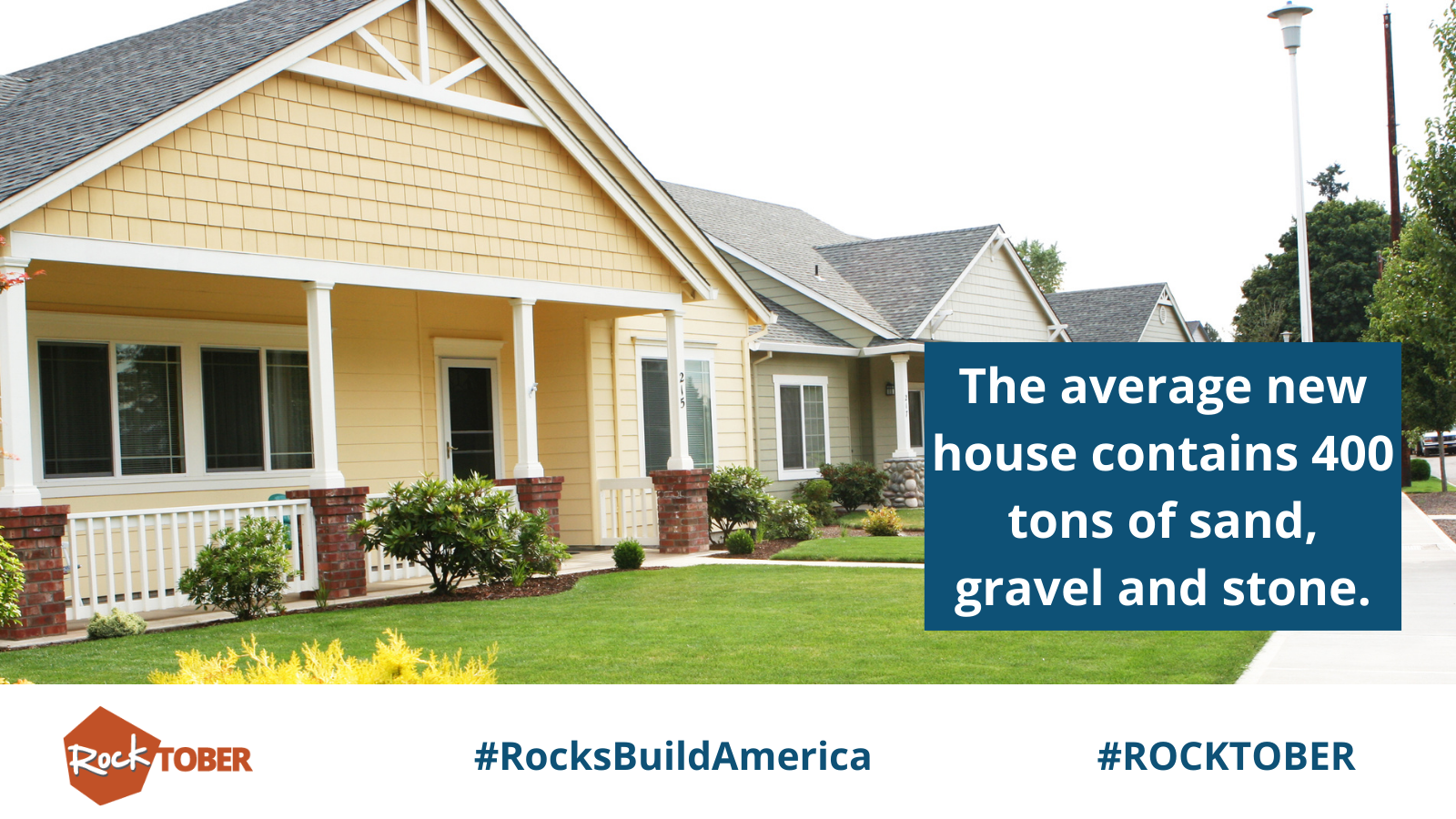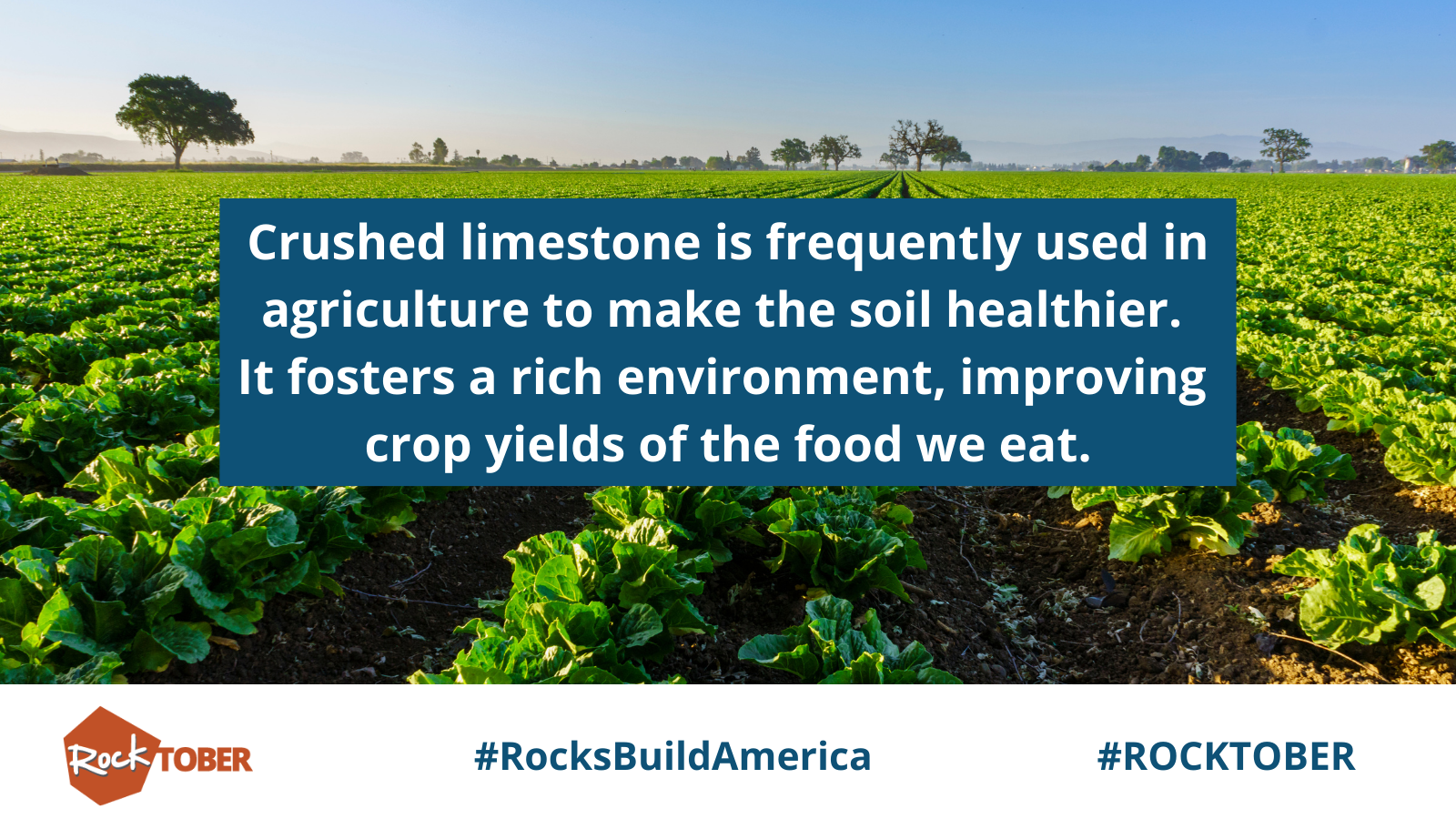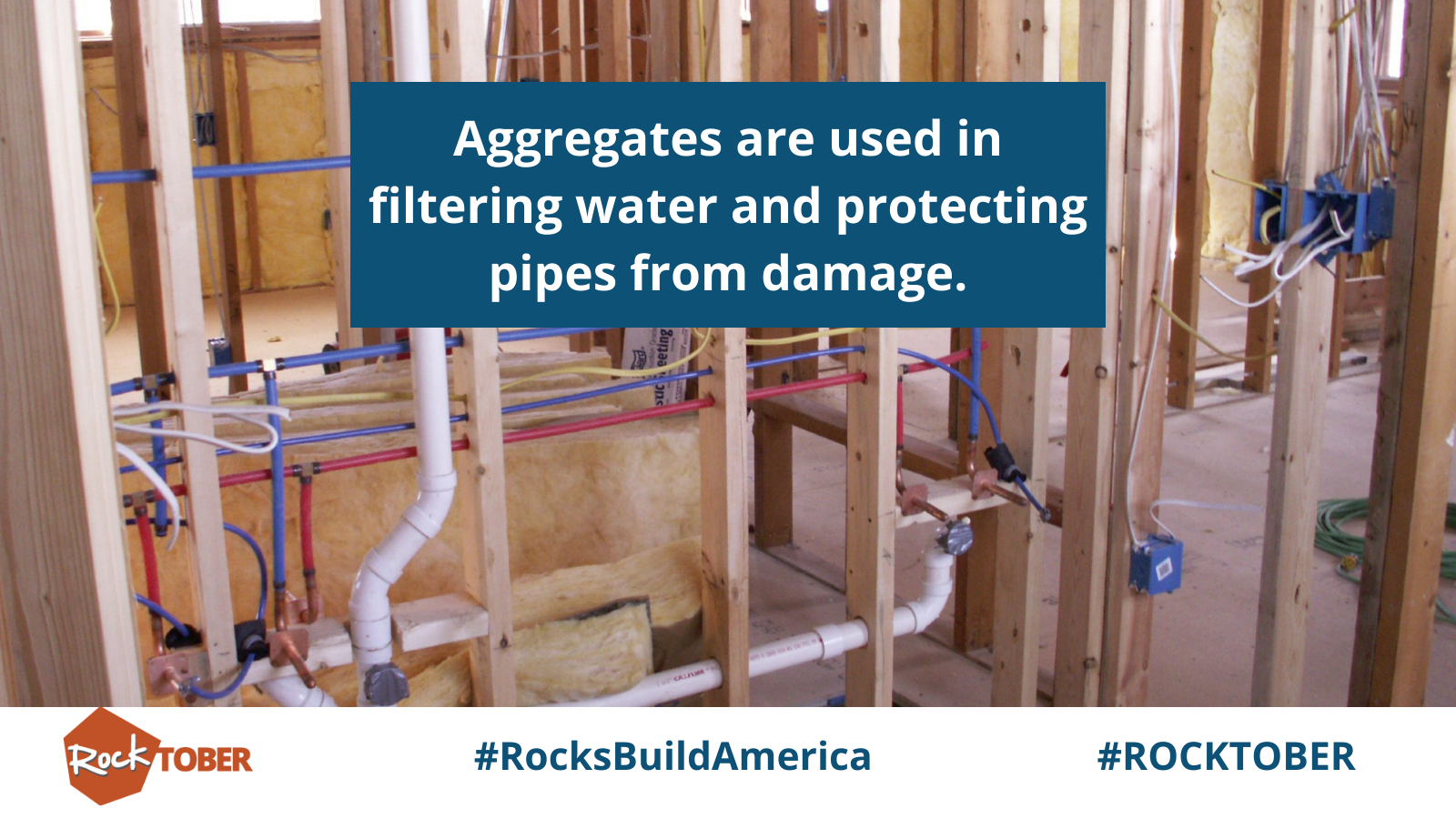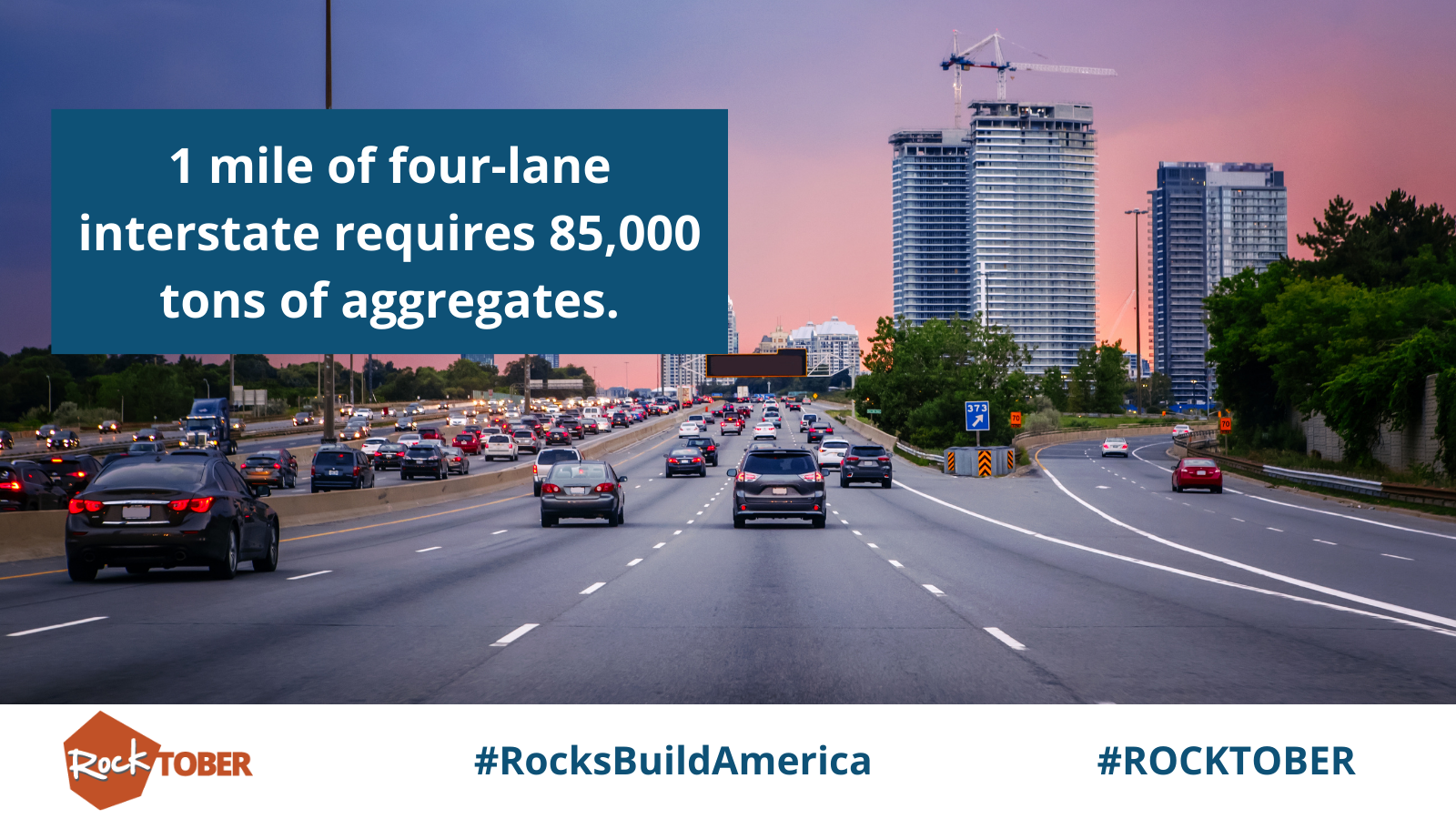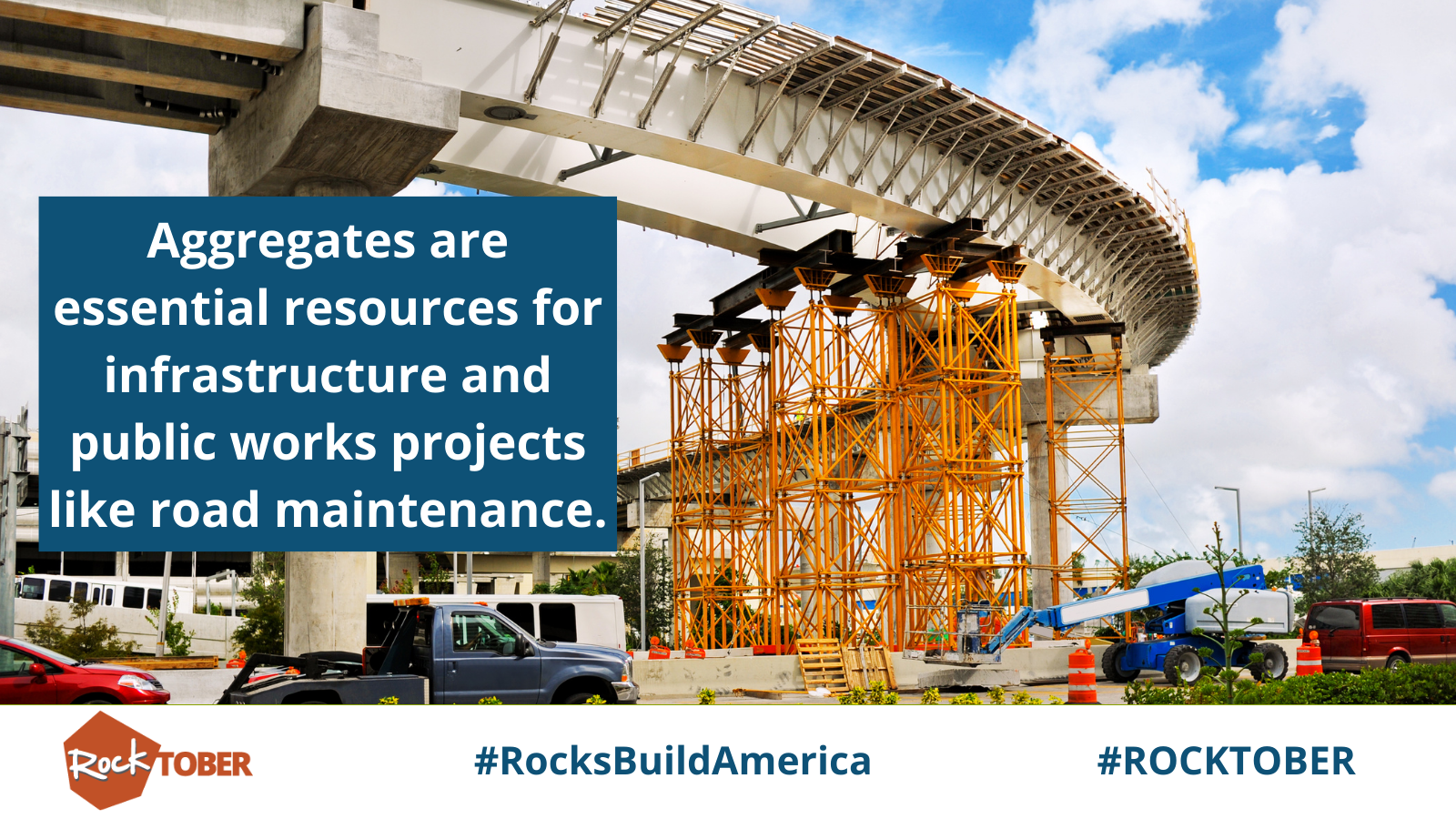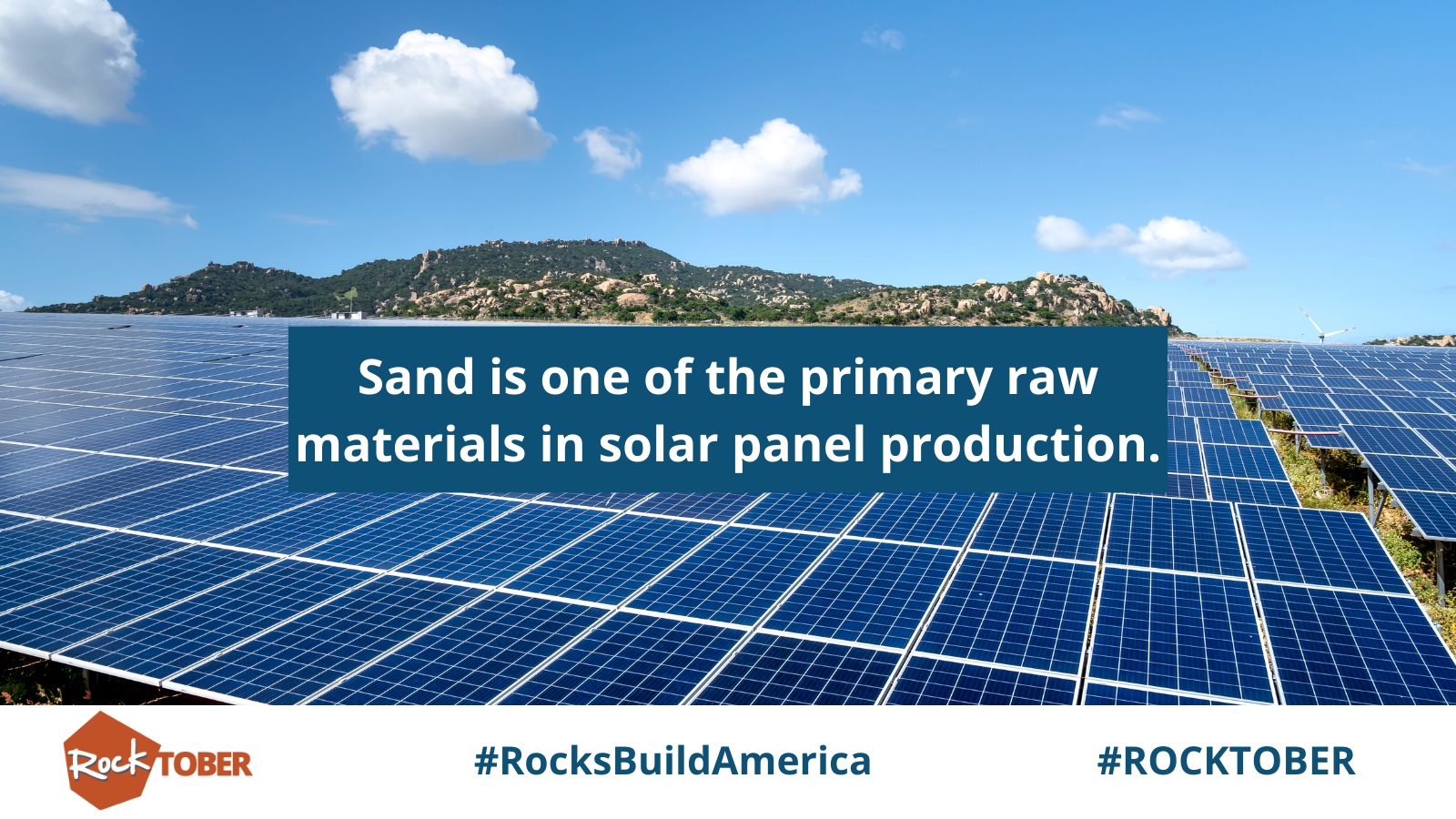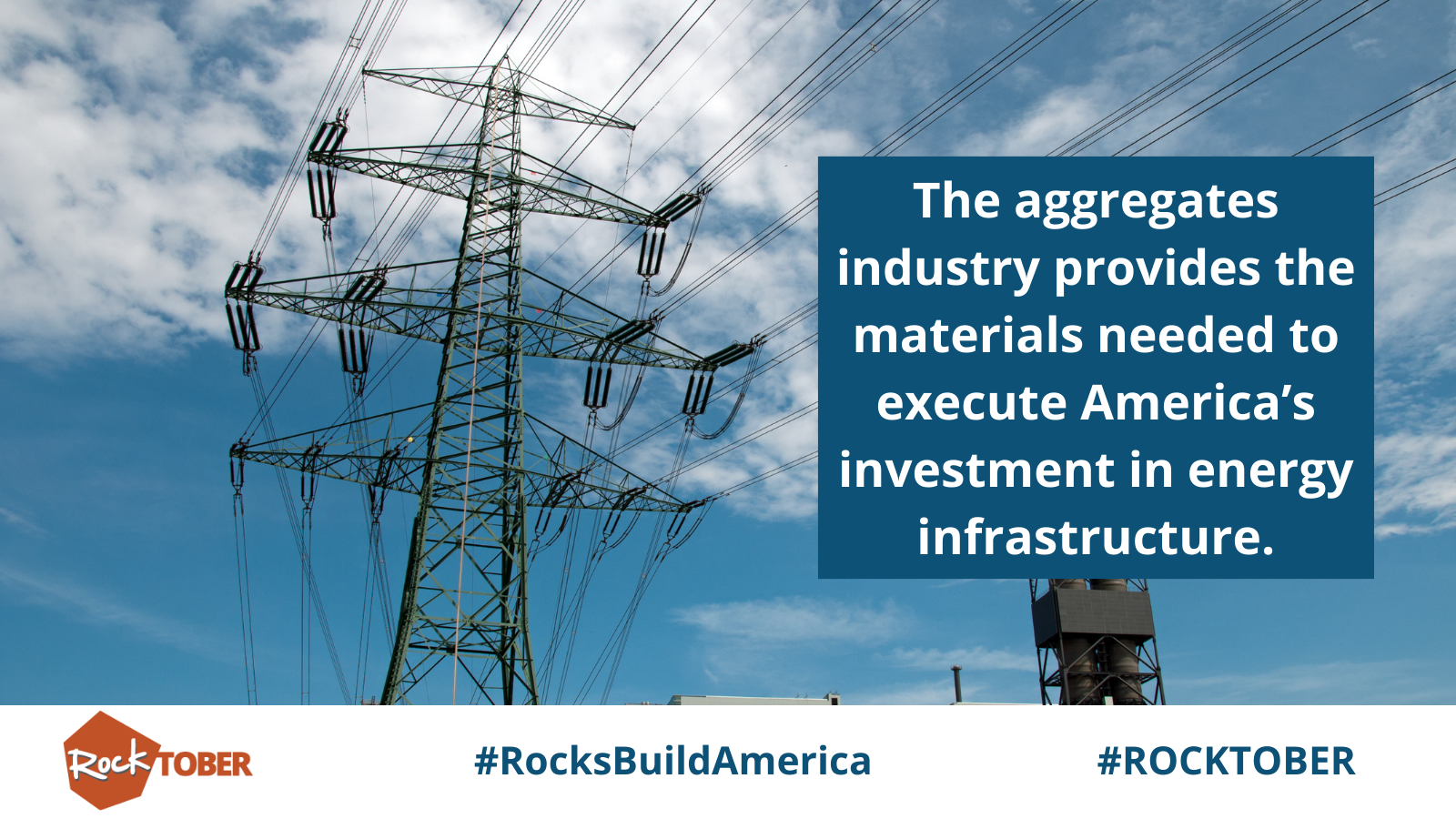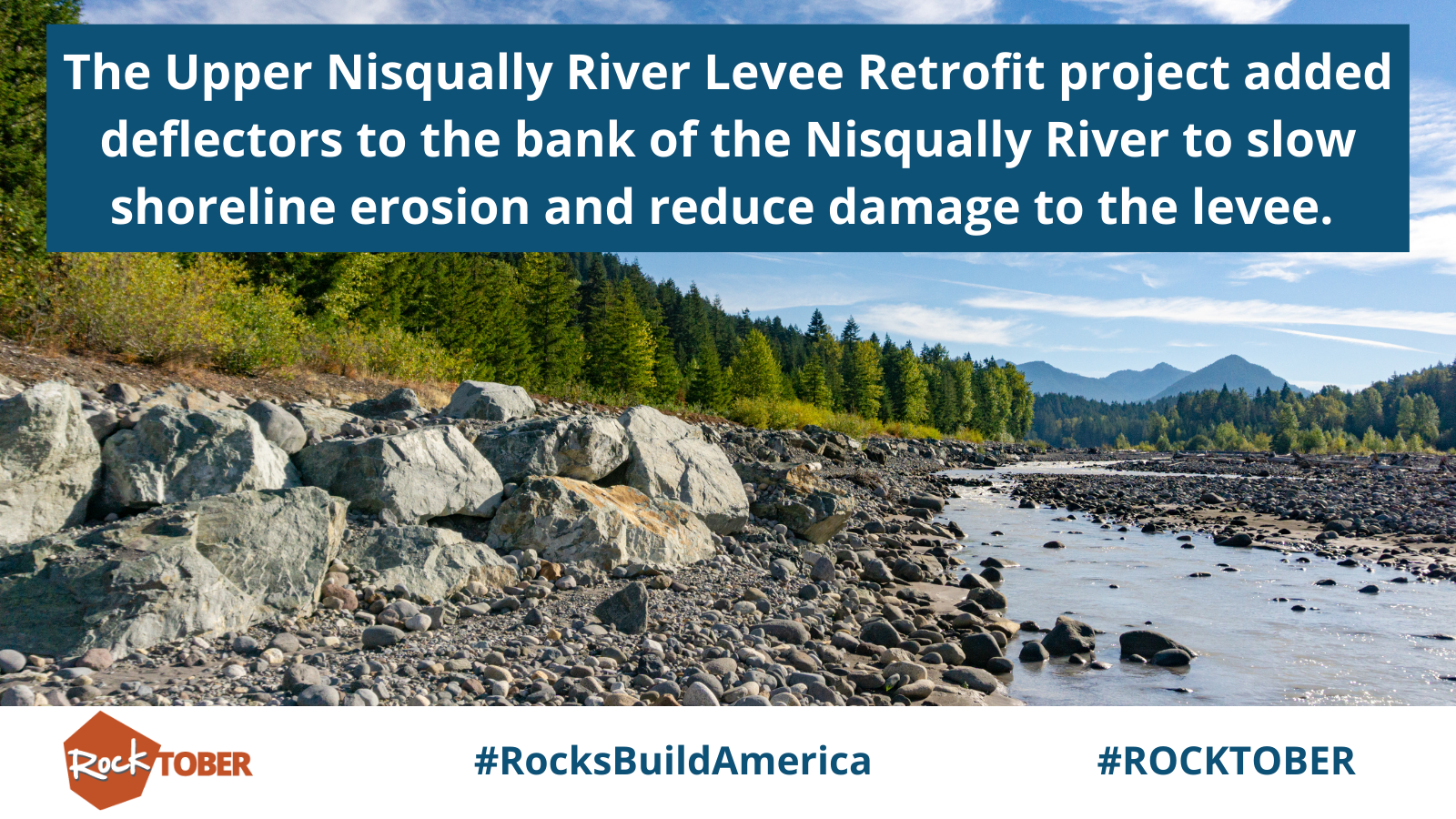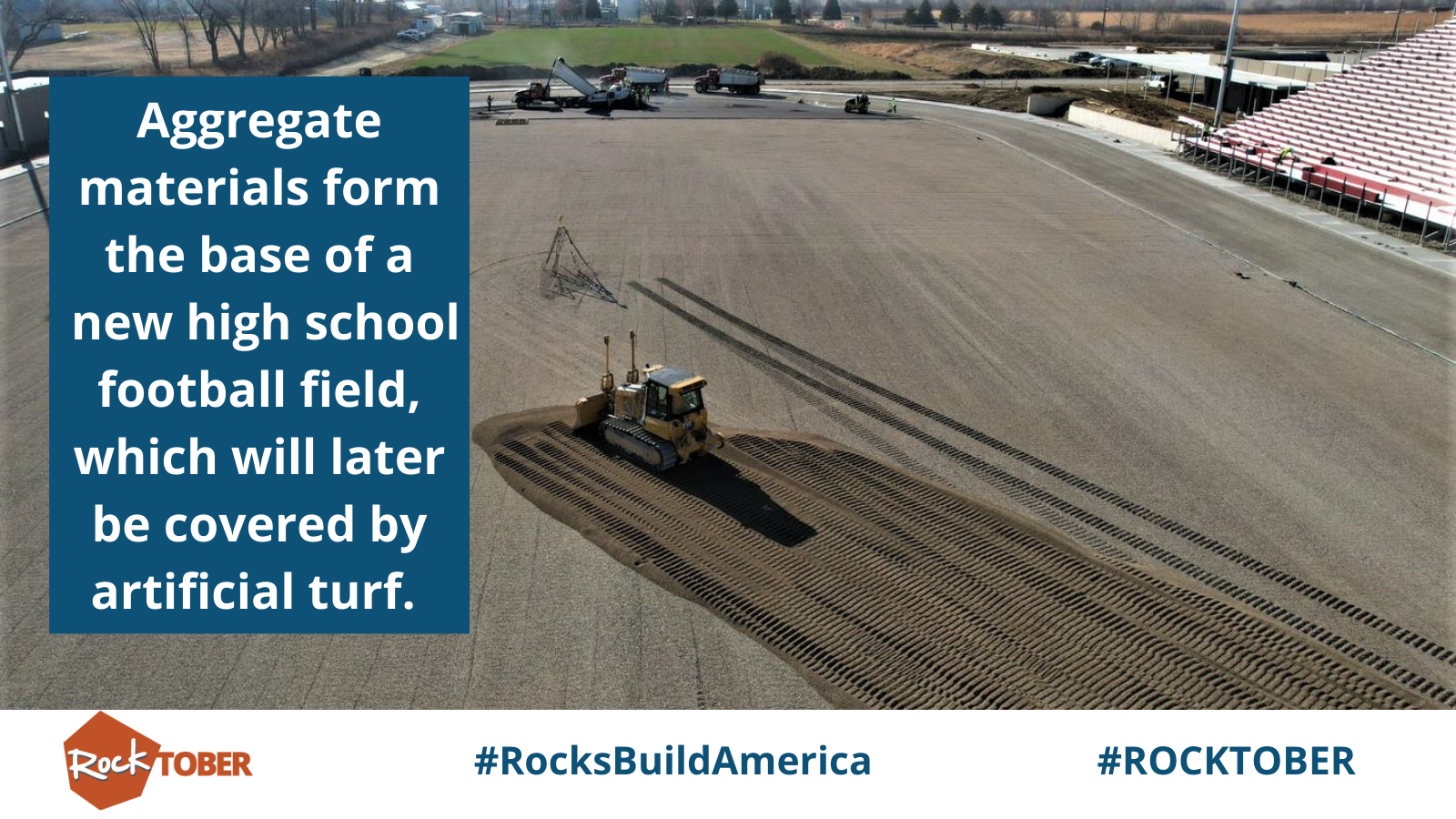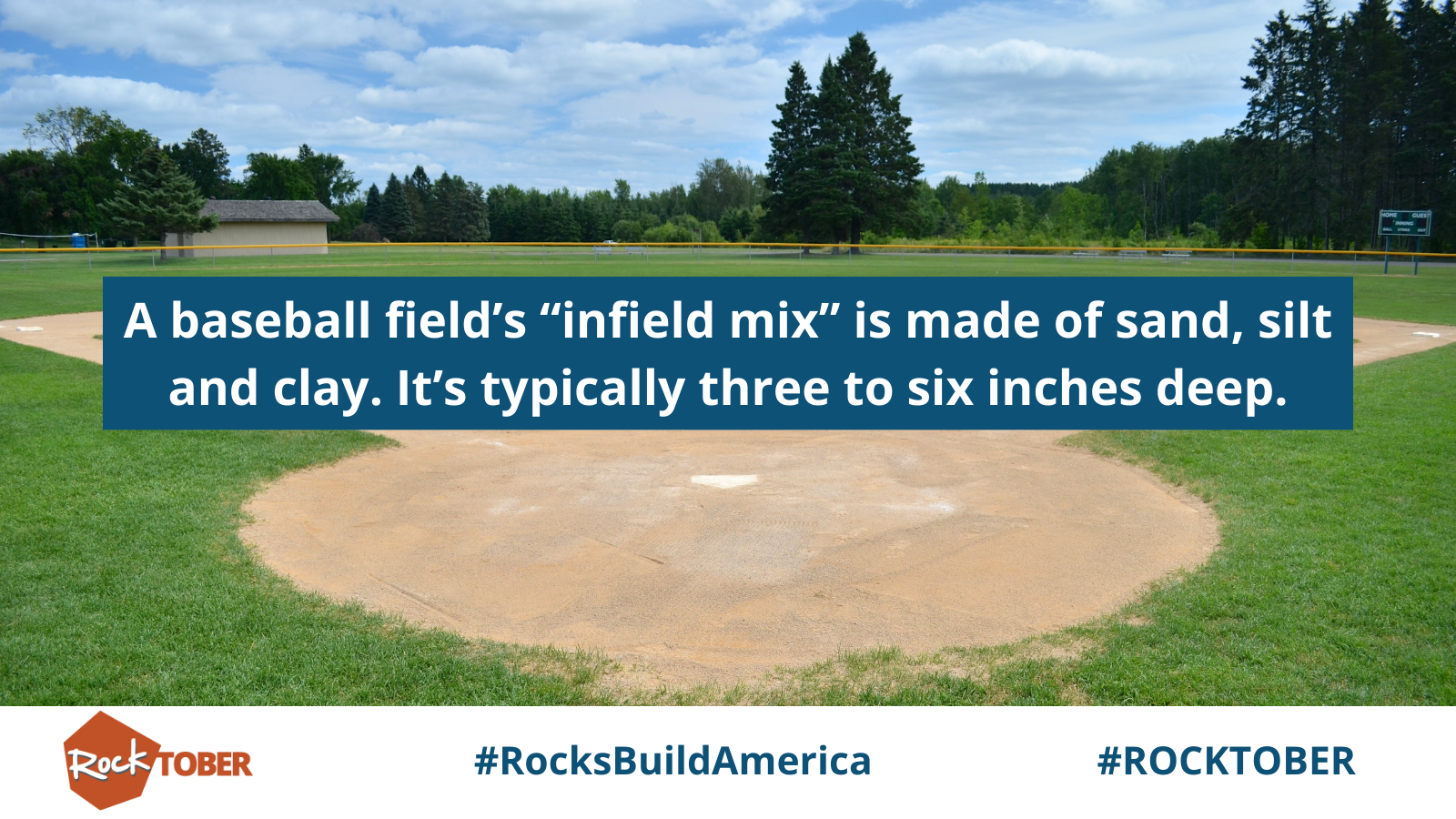NSSGA invites you to join us in making October into ROCKtober. Throughout the month, we’ll be sharing resources and information about the aggregates industry. From the materials in the houses we live, to the construction of the roads we drive, to the cell phones in our pockets and transportation of the food we eat; aggregate materials play a critical role. That is why this year, we’re focusing on the theme: "Aggregates Everywhere” We plan to highlight the obvious and the more unique ways our materials and products are utilized in everyday life.





